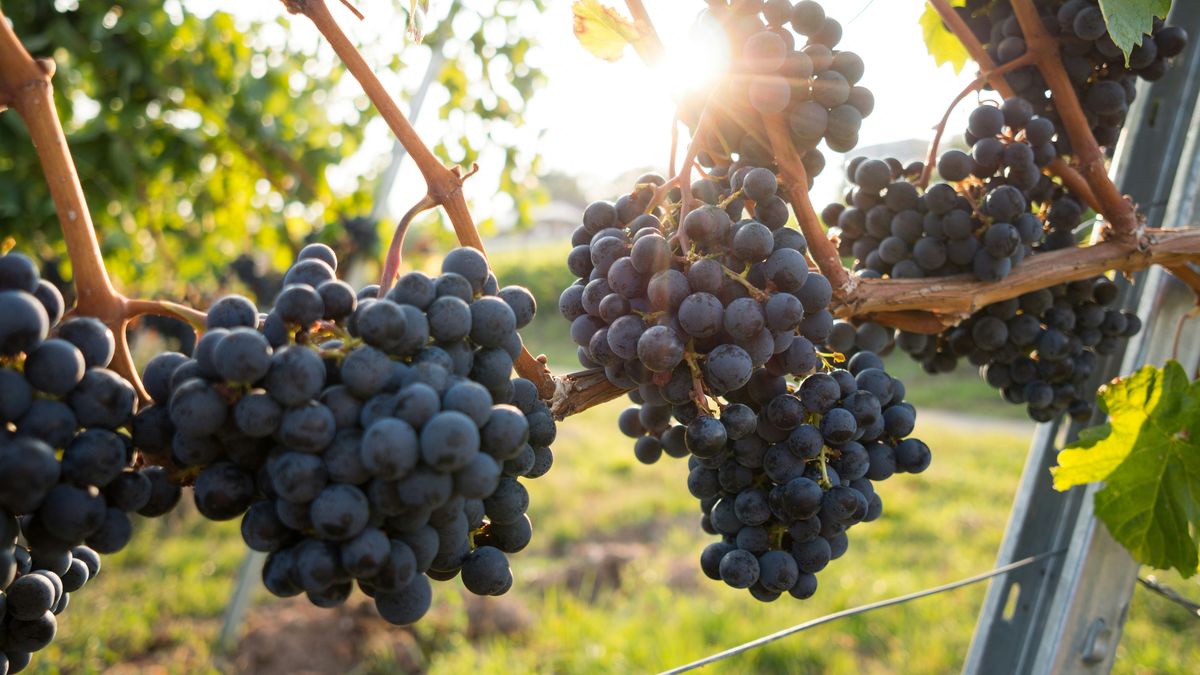The wine industry in Argentina the worst moment in the last 20 years. And the situation affects both the domestic market and exports.
A series of local and international events came together to make this happen, according to a report by the Center for Economic Studies of the Bodegas de Argentina Chamber.
When looking for the causes of this debacle, the report list four points: global context with inflation and decline in economic activity; highly competitive global competition; a long process of low investment in the Argentine wine sector with competitive disadvantages and, finally, change in habits due to the most dynamic consumer segments.
The diagnosis of the domestic wine market highlights that “it has been stagnant for several years, a consequence of adverse macroeconomic conditions and, to a lesser extent, changes in consumer habits.”
Domestic consumption, affected by the fall in income
“The main determinant of the global deterioration has been the growing inflation rates that caused a drop in the income of consumers who reduced their consumption and migrated towards other beverages. Added to this was the historic decrease in consumption in the lowest price categories, which today accounts for half of what it was two decades ago,” he adds.
Currently, the total turnover of the industry in the domestic market It’s almost half than it was a decade ago.
A process of turnover drop both in the lowest and highest price categories, changing a trend that until 2014 was divergent.
The volume of wine shipped to the domestic market reached its historical minimum in the last twelve months ending in May 2024 with a total of 89 million 9 liter boxesafter a long decline of more than two decades.
In addition to the structural decrease in per capita consumption, as in several European countries, what has been observed in the last decade is a drop in demand caused by a decrease in the population’s income.
The local market stopped being attractive for all price categories, and only wineries that sell only in high price categories and for large wineries that captured share and generated economies of scale were successful.
In summary, the domestic wine market today has little room for business expansion. If the macroeconomic context conditions change, they consider a recovery possible that could be taken advantage of by companies with an important “share” and will require investment efforts in promotion and working capital.
It is estimated that in the investment ranking, wineries will prefer to allocate efforts to external markets and the smaller ones will follow the path of direct sales leveraged with wine tourism.
This type of development requires a great effort of dedication from the commercial structures that compensate for the lesser promotional efforts.
Negative impact of the exchange rate on wine exports
“After several years, in 2021 the highest export turnover was achieved thanks to two very special phenomena, the devaluation of the Argentine currency in 2018 and the high prices reached by fractionated wines in world markets,” highlights the report.
But that situation soon reversed in 2023 and 2024years in which the sector was faced with the lowest export in more than two decadesa consequence of the exchange rate, which was partially corrected in the last two months.
Thus, the engine of dynamism of Argentine viticulture suffered a considerable decline and the profitability of the sector considerably decreased. The drop in turnover in bottled export wines was notable, reaching their lowest value in almost two decades.
This had been the most attractive part of the business in the last 25 years given its constant expansion and now it has undergone two years of very significant decline whose main cause is in the poor Argentine macroeconomic conditionssay the wineries.
Also the export volume It reached its historical minimum in 2024 with a total of 23 million boxesadding bottling plus bulk. And prices returned to average levels similar to the last decade in the search for spaces with greater profitability, discontinuing lower price ranges for fractionated wines.
This clearly reflects the impact it has on this sector. the exchange rate: that when it falls, exporters look for higher price ranges with lower volume, the opposite of what happens when the exchange rate improves.
As for companies, the smallest ones and those under 25 years old developed with a large proportion of their turnover in exports and the current conditions have not compensated them by increasing their proportion in the domestic market but rather they have focused more on wines from higher price which is complicated in a very aggressive competitive environment in world markets.
In the coming years, if there are changes in the Argentine macroeconomic context, a greater attractiveness for export investment may be observed, although it will imply an increase in working capital in a framework of credit scarcity, which generates expectations in attracting investments from mergers or acquisitions.
To the above we must add the need to supply grapes in a highly competitive market where shortage of raw materials appears due to the low investment of the last decade.
Source: Ambito
I am an author and journalist who has worked in the entertainment industry for over a decade. I currently work as a news editor at a major news website, and my focus is on covering the latest trends in entertainment. I also write occasional pieces for other outlets, and have authored two books about the entertainment industry.




